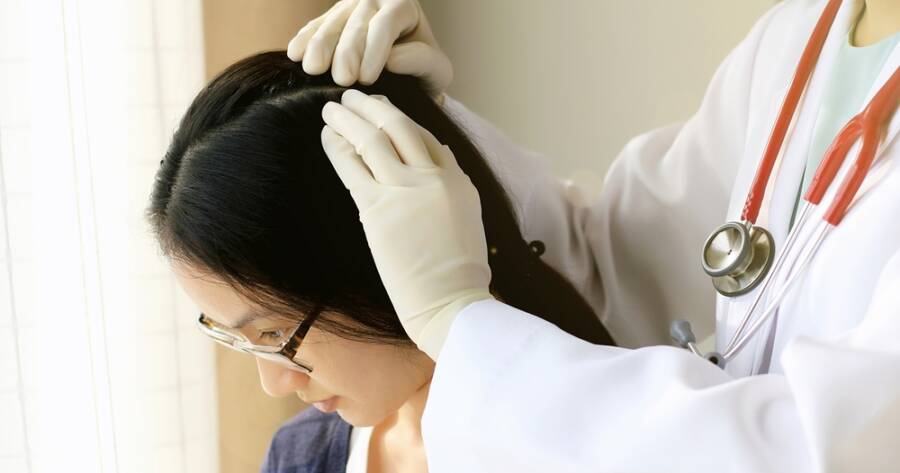Alopecia areata, an autoimmune condition characterized by sporadic hair loss, is experiencing remarkable advances in treatment options. The rise of innovative therapies, including JAK inhibitors and biologics, has led to the approval of new medications, significantly enhancing patient care. Promising alternatives like PRP therapy and low-level laser treatments further expand the array of possibilities.
Innovative Therapies Transforming Alopecia Areata
Alopecia areata, an autoimmune condition, affects millions of people worldwide by causing unpredictable hair loss. It can manifest as round, patchy hair loss on the scalp and other body areas, significantly impacting individuals both physically and emotionally.
Despite these challenges, the landscape of alopecia areata treatment is undergoing a transformation with innovative therapies offering new hope. Recent advancements have put the spotlight on novel treatments such as JAK inhibitors, biologics, and Platelet-Rich Plasma (PRP) therapy, representing a promising shift for patients who previously had limited options due to the chronic nature of the condition.
New FDA-Approved Treatments
The medical community celebrates recent FDA approvals, such as the introduction of ritlectinib in 2023, marking a breakthrough in alopecia areata therapy. Such approvals, including anticipated drugs like deurxuolitinib expected in early 2024, are set to diversify treatment options in a significant way, offering hope to patients whose alopecia does not yield to existing treatments.
The Icahn School of Medicine at Mount Sinai is at the forefront of these medical advances, actively participating in clinical trials to bring cutting-edge solutions to those affected by this complex autoimmune disease. These developments are critical, reinforcing the importance of continuous research and innovation in improving patient outcomes.
Exploring Biologics and JAK Inhibitors
Biologics and JAK inhibitors stand as innovative therapies in the treatment of alopecia areata. Biologics focus on targeting specific proteins in the immune system, such as IL-4Rα and IL-12/IL-23p40 pathways, which are responsible for inflammatory pathways in autoimmune diseases.
Meanwhile, JAK inhibitors halt the JAK/STAT signaling pathway, curbing immune-mediated hair loss remarkably by reducing inflammation. These treatments are being extensively researched for their efficacy and safety profiles, offering promising alternatives for managing hair loss when traditional therapies fall short.
Alternative and Emerging Treatments
Beyond the pharmaceutical realm, alternative treatments are gaining traction. Platelet-Rich Plasma (PRP) therapy, though still under investigation, has shown potential in promoting hair regrowth by leveraging a person’s own platelets to encourage regeneration and reduce inflammation.
Low-Level Laser Therapy (LLLT) devices, often used at home, provide another accessible option for patients seeking self-managed treatments, although their effectiveness specifically for alopecia areata varies. Stem cell therapy also emerges on the horizon as a state-of-the-art option, promising to regenerate hair follicles and restore hair growth under the right conditions.
Psychosocial Challenges and Support
The emotional burden of alopecia areata cannot be understated, especially among children and adolescents who are disproportionately affected by this condition. The psychological distress often overshadows physical symptoms, prompting a demand for comprehensive treatment approaches that include counseling and emotional support.
Support groups play an essential role in helping individuals adapt and cope by providing healing and comfort. Addressing these psychological impacts is as crucial as the physical treatments, underscoring the need for holistic management of alopecia areata.
Why You Should Learn More About Alopecia Areata Treatment Today
The evolving field of alopecia areata treatment signals a new era of hope and possibility for those living with this challenging condition. With the advent of innovative therapies and a growing understanding of its mechanisms, patients can access a wider array of treatment options than ever before. The promising research being conducted underscores the potential for improved quality of life and hair regrowth.
As healthcare professionals continue to strive for breakthroughs in both the management and understanding of alopecia areata, patients stand to benefit immensely from these advancements. Keeping informed about these developments ensures patients can make empowered decisions about their treatment journey.
Sources
Mount Sinai’s Role in Alopecia Innovations
The Potential of Stem Cell Therapy



